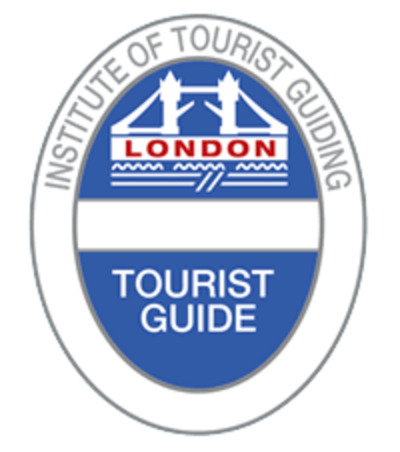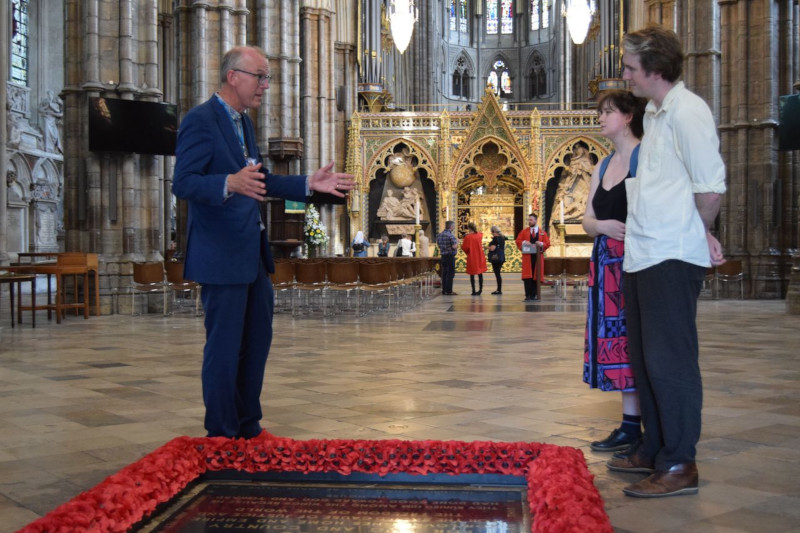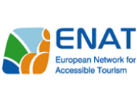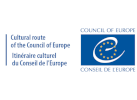1. What year was APTG established and where is the headquarters?
APTG was founded in 1989 and is a membership association of about 600 professionally qualified London Blue Badge tourist guides, mostly full-time working guides, with its headquarters in London, UK.
APTG is the only association where the membership is uniquely made up of London Blue Badge tourist guides.
 Blue Badge Tourist Guide Vicki Bick with group at Kensington Palace in London © APTG
Blue Badge Tourist Guide Vicki Bick with group at Kensington Palace in London © APTG
2. What is the primary mission/ goal of APTG?
APTG seeks to promote the highest possible standards and ethics in tourism in general and in tour-ist guiding in particular. APTG actively supports and promotes its members who are all London Blue Badge tourist guides.
APTG actively seeks to cooperate with other organisations and stakeholders e g the Institute of Tourist Guiding, the Guild of Registered Tourist Guides, the European Federation of Tourist Guide Associations, the World Federation of Tourist Guide Associations, London Boroughs, the Mayor’s Office, Transport for London etc. and the majority of sites and attractions in London and its sur-rounding area.
APTG lobbies politically and campaigns for increased recognition of our profession and better awareness of the important role of the qualified tourist guide when promoting sustainability, quali-ty and transparency within the tourism sector.


 Blue Badge Tourist Guide Alex Hetherington with visitors at grave of The Unknown Warrior, Westminster Abbey in London © APTG
Blue Badge Tourist Guide Alex Hetherington with visitors at grave of The Unknown Warrior, Westminster Abbey in London © APTG









